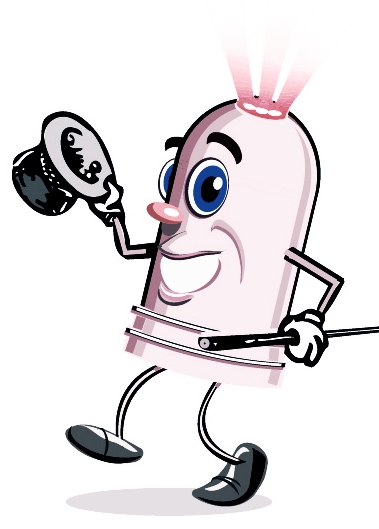I remember when PFO released their new LED fixture, the Solaris, in 2006 at the IMAC show in Chicago. It was extremely expensive, it had no proven track record at all, and ultimately wasn't really refined enough to serve as a suitable replacement for halide or T5’s in any way. But it was darn cool! And it was a starting point.
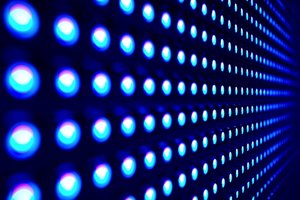
Looking back, I can’t help but be extremely impressed at the lengths we’ve come since that fixture hit the market, only to fizzle amidst a swath of red tape, sadly taking PFO with it. But their initial innovations along with pioneers like Tullio Dellaquilla, who I had the pleasure of meeting that year at IMAC as well, served to pave the way for the modern concept of LED aquarium lighting as we know it today. And where PFO left off, the DIY’ers picked up, rapidly building and experimenting - adapting LED's to fit for success in light dependent reef systems. What was once a nearly ineffective novelty, has become an industry mainstay - with good reason. LED’s work, and they work well! This has been firmly established over the last few years. The once fiery debate over “do they” or “don't they” has been practically extinguished. It seems that one of the last true mysteries with LED success is simply “what do I need to do with them to get my coral to look good?”
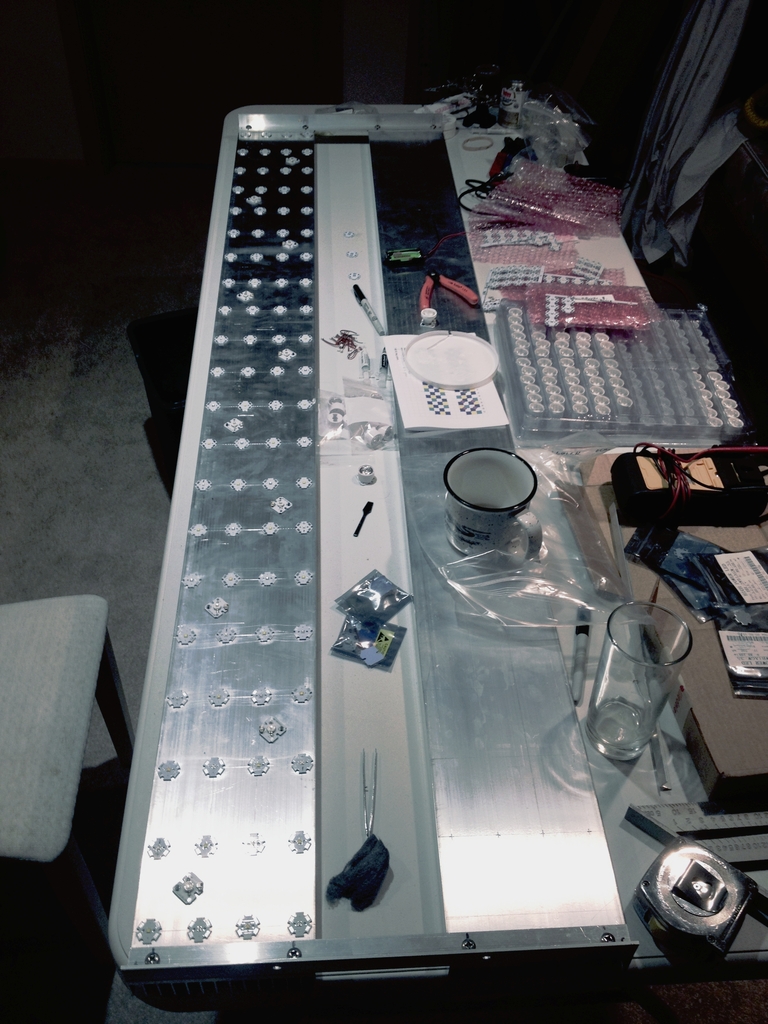
I’ll admit often times the catalyst for some of my write ups is that I find myself answering the same questions, or very similar ones, frequently. One question in particular regarding LED use is leading the pack by a mile and that is, “How do you run your LED’s?” Specifically, how do I run my own led fixtures? A simple question with a simple answer. I run them all at 80-100% every channel, and keep the fixtures high off water. A lot higher than most - at roughly 18-24 inches. Seems simple enough, right? Mount them high, run them high, spread and coverage is great, and par is more than adequate. No muss no fuss, in fact, I don’t even use the internal timers anymore, relying on my old T-101 timers to turn them on and off each day. Just as if they were halides. Nothing to it, I swear.
But further then the quandary goes into exactly what is the “ideal” spectrum for SPS, and "how exactly do I get SPS to look alright? Under precisely what spectrum, duration, intensity, height, etc?" The perfect recipe for color spectrum being sought after with highly regarded, yet puzzling desperation. Convinced this elusive “perfect spectrum” will immediately "edenize" their tanks, solving any and all problems associated with coloration and vitality of their SPS.
Here's the thing. My honest and hopelessly unscientific answer since I fired up my first LED fixture, based entirely on my own trials, failures, and success, is this: There is no singular quintessential combination of slider locations and durations, or individual intensities, that will produce results beyond that of any other setting you can come up with. Literally, this setting does not exist! I am convinced that if your crucial water quality needs are satisfied, and your corals are acclimated properly to the light provided, they will adapt and thrive under any color combination you want to keep them under. You might want to read that last sentence again.
Here's the trick, and there is nothing to it. This is one of those rare instances in reefing where sheer laziness or even apathy will be absolutely beneficial. Your LED's, or whatever fixture you happen to have mounted above your reef, STOP MESSING WITH THEM!!! And I really mean that. Stop, stop, stop! The constant tweaking, and that search for “ideal” spectrum - you will not find it. It takes time for the results to show, there is nothing instantaneous. I could actually say you already have it. Believe me or not, by constantly messing with those sliders in your search for the perfect setting, you are only providing an unstable environment at best. Look at it this way. If you were running halides or T5’s, how obviously unnecessary would it seem to swap out bulbs daily. Experimenting with different colors and wattages to no end? You wouldn’t do it, plain and simple - and the same notion should be applied to your LEDs. Think of your light like you think about alkalinity. It is still all about consistency and stability and the more you apply that line of thinking to your LED's, I believe, the more will you find success with them.
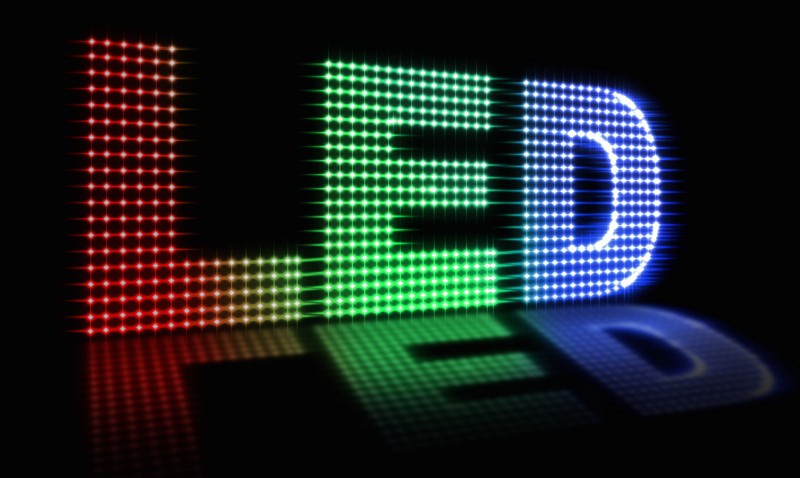
I have been using LED's intended for aquarium use for a number of years now, and also have observed many of the nuances regarding spectrum and intensity, as well. I am 100% convinced that any color combination in modern fixture with halfway decent quality diodes, will ultimately achieve and provide the same types of results in our SPS. In other words, it literally does not matter to your SPS what color you rain down upon them as long as the intensity is satisfactory and spectrum is consistent day to day. I truly believe this. To have long term success with LED's, the key is stability, not ambiguous spectral chasing.
The best advice I can give people is this: Dial in your fixture to a visual aesthetic that appeals to YOU! Get that color looking so good that every time you walk in the room you are taken back by just how happy you are with the actual appearance of the light itself. Then kindly remove or disable any app or apparatus you have to modify the light again. Believe me, 9.9 times out of ten your SPS will adapt and thrive under this combination you have chosen. As long as you just stop messing with the thing.
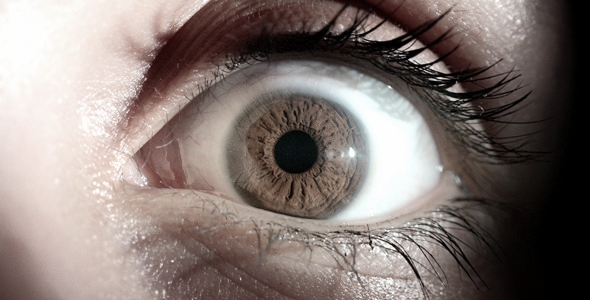
I know what your thinking.......
But what about a daily shift from white to blue and back, and lights that ramp up or down essentially creating the same kinds of inconsistencies I just rallied against? That’s a good question and a very valid concern. The same rules still apply. Once you are 100% happy with the the visual aesthetic of the cycle then stop tweaking. Corals will adapt to a consistent daily pattern for sure. As long as it remains consistent. In the wild, duration intensity and spectrum swing pretty dramatically as well, but the daily patterns remain relatively consistent day to day.
I know there are plenty of people on these boards a lot smarter than me, and with a whole lot more experience with the in's and outs and complexities of the science of LED's, and I encourage any of you to chime in with knowledge and insight you may want to add. The crux of this write up is based solely on my own observations of what has been effective, and what has not, and the many conversations I have had with people experiencing the same kind of problems over and over. Although, I really think people are getting it more and more. But if you are one of those, still struggling, trying to find the “right” spectrum, let your own tastes do the work and dial in that fixture to the setting that you find the most visually appealing. This truly is the trick to running LED's.
